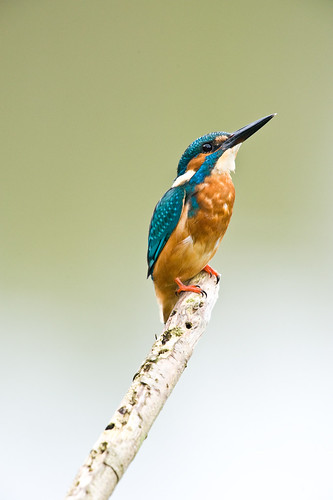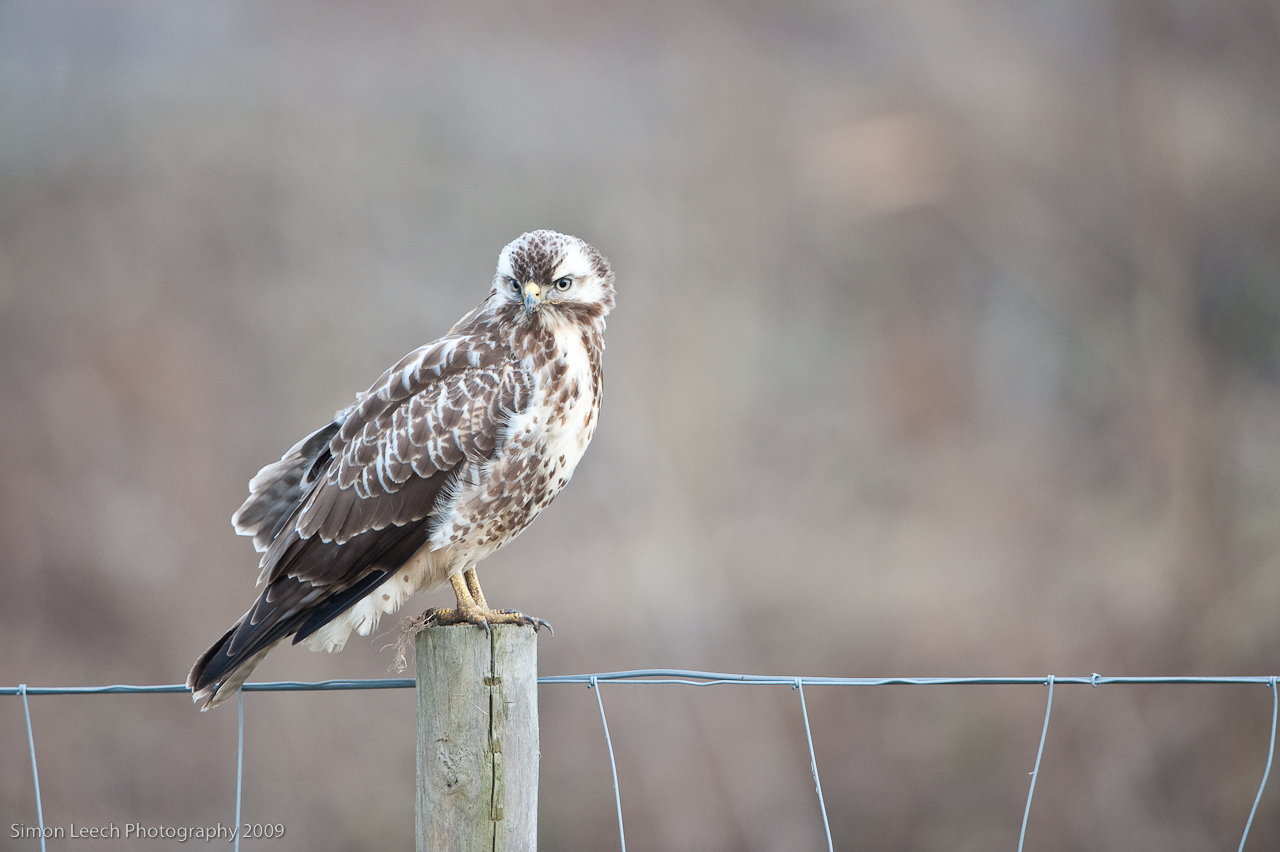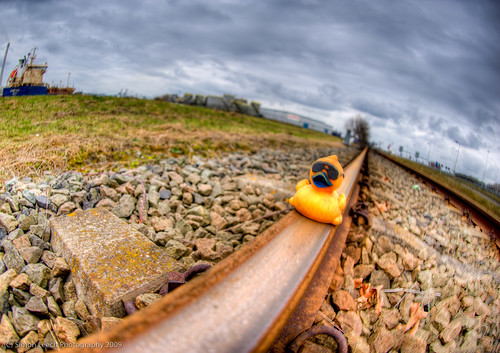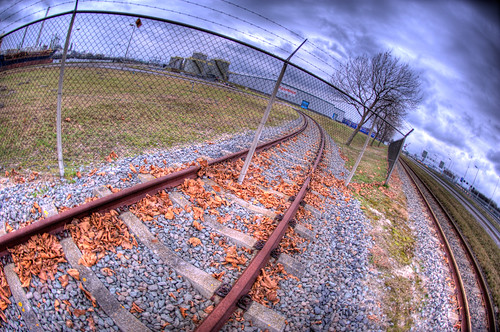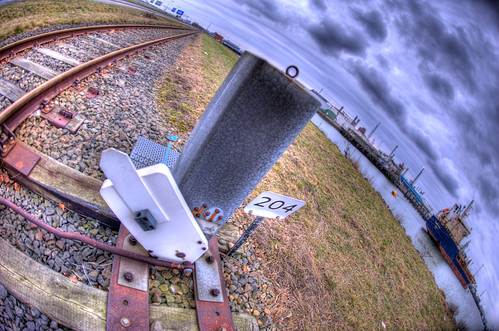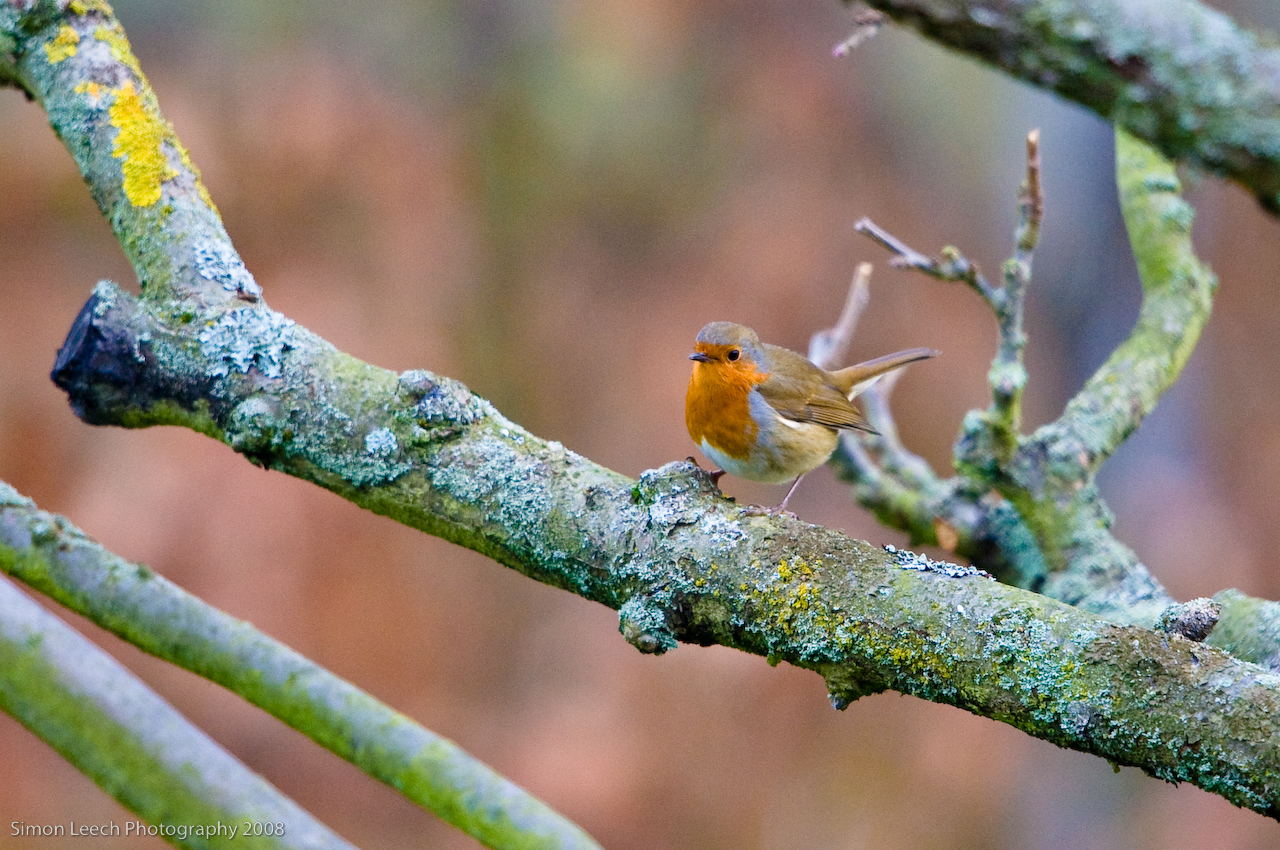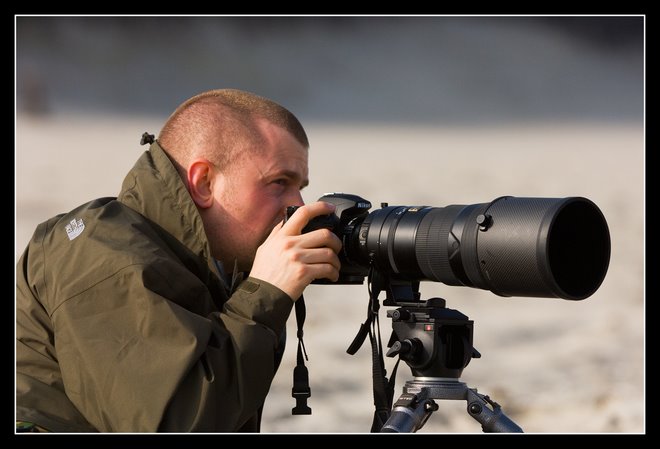I've been the proud owner of the new Nikon 600mm f/4G VR telephoto lens now for over six months, so I thought it was about time I wrote about it on my blog. I've already posted a number of images taken with the lens, so if you look further down in my blog you will find some additional shots I have made.
First the reasoning behind my acquisition of the lens. I have owned the 200-400mm f/4G VR lens for a couple of years, and have always had a love-hate relationship with it. The reach was very nice on the DX format (equivalent to 600mm on full frame) but when I switched to the D3, I found myself missing the reach of 600mm. Of course I could use the 200-400 with the tc-14e to give 560mm, but the loss of a stop meant that I often didn't have enough light (especially in the Netherlands), and I wasn't impressed with the results.
I had also set myself the target of photographing a kingfisher in 2008, and shortening my effective range by going full frame wasn't helping me achieve that goal. So in February I decided to place an order for the 600mm, shortly after it was released. I placed my order with Nivo Schweitzer in Amsterdam. They're a really friendly, knowledgeable shop, and I wish I could make more of my purchases there, but alas their prices are normally too high when compared to the ever competitive internet retailers, so I don't. But this time they were prepared to give me a good price on the lens, so I gave them my custom.
It wasn't until June that Nikon was able to deliver the lens to Nivo Schweitzer, due to the worldwide lens shortage that was caused by the Olympics, but when I finally received it I was amongst the first people in the Netherlands to get hold of it (if not the first, excluding the press). The first thing that struck me about the lens was the size. I was used to Nikon Super Teles, with my 200-400mm experiences, but the new 600 was in a class of it's own. As you can see by the attached photo, the dual lens hoods make this into a monster. (photo credit Patrick de Paepe)

Even with the lens hoods turned around in their storage position, the 600 is a big item to transport, and Nikon deliver it in a hard case. I have already discussed my choices for a new camera bag in a previous blog post. In terms of handling, though, the 600 also brings its own challenges. It's not really hand holdable. Anyone that tells you it is, is either a) Iron man, or b) lying ;) Of course it is possible to take the occasional shot from the hand, as the lens does have VR, and I can hold it for a couple of minutes before it gets tiring, but for real stability, the lens needs to be resting on something. For the 200-400 I was satisfied with a Gitzo Series 3 with Markins M20 ballhead and a Wimberley Sidekick, but for the 600 I wasn't sure that this would be stable enough, so went for the Gitzo 5540LS, together with a Manfrotto 519 fluid video head. This gives me more than enough stability, and is flexible enough for panning when needed.
It is worth noting that the standard lens foot that Nikon provides with the 600 is very 'tall', and in my opinion not really stable enough for a lens of such a size. Although I have not done any scientific testing, to me it looks like it would be a lot more prone to flex than some lower alternatives, so one of the first things I did was replace the Nikon foot with a Kirk LP-46, available from Nikonians PhotoProShop - not only is this a lot lower profile, but it also includes an integrated arca swiss plate, so it can be mounted on a full size Wimberley for example without any additional lens plate. I would recommend anyone considering the 600 to switch to this lens foot as soon as possible.
However I have found that often I am in situations where using a tripod is not practical, and then it is possible to get enough support by resting the lens on a bean bag - the shots of the kingfisher (shot from a hide) and the buzzard (shot from a car) in this blog are testament to this. (Note: often when shooting with the bean bag I tend to leave the second of the two lens hoods unmounted, simply to make the lens a little more easy to handle)
Since this is a big, heavy, and not to mention expensive, lens, I decided that I would protect the lens from day one, and bought the LensCoat neoprene lens covering, to avoid any scratches to the lens and to help maintain the resale value (not that I ever intend to part with this lens). The LensCoat covers also provide me with basic camouflaging, should I wish to remain incognito when tracking a subject.
Although I was expecting a bit of a learning curve with this lens, I was pleasantly surprised that I was quickly able to adapt my long lens technique to use the lens, and was able to get good shots from day one. I am still continually impressed with the quality, sharpness, and contrast of the images that I am able to shoot with this lens. It's one of the sharpest I own, and is up there with the 200mm f/2G VR, which is a lens known for superior sharpness. Providing the shutter speed is kept to a reasonably high value, it is possible to get great shots, even when used in combination with the tc-14e teleconverter (I have even had good shots with the tc-17e). The following shot is such an example, taken with the D3, 600mm F/4VR with TC-14e, 1/800s, f/5.6, 400iso.
Based upon my usage of the tc-14e with the 200-400, where I had not been so impressed, I was very surprised with only a minor (hardly noticeable) loss of quality when the teleconverter was used together with the 600mm, and I find myself using this combination more and more often.
Those of you who are existing users of Nikon VR telephotos will be familiar with many of the functions on the lens - it has a focus limiter, which restricts the focusing range between 10m - infinity, instead of the normal minimum focus distance which is around 5m. It provides buttons that can be used to program a focus lock, can be used in M, A/M, and M/A focus override modes, and supports touch focusing for any last minute changes and to override the AF. It uses the familiar ring VR ON/OFF control, which seems to be the Nikon standard for fixed focal length VR lenses, as opposed to the slide switch on the 200-400.
In fact the only major change in controls over the earlier VR lenses is the VR mode switch - there is now a choice between 'Normal' and 'Tripod' mode - previously this was either 'Normal' or 'Active'. I guess Nikon engineers that a lens the size of the 600 is less likely to be used in situations that the Active mode was designed for, and instead decided to optimize the lens to work well when mounted on a tripod. In any case, this mode seems to work very well.
So in summary, I am very, very pleased with the 600mm lens. Whilst it is an expensive acquisition and I accept it is not for everybody, if you can afford to buy it and are into wildlife shooting, this is the ideal lens to use for bird and animal photography. One thing to note, even at 600mm smaller birds will not fill the frame unless you are fairly close, but this can be helped by using a teleconverter. The sharpness, colors, and contrast of this lens make it a pleasure to work with, with the traditionally excellent Nikon build quality, I hope this is a lens that I will be able to continue to enjoy for many years to come.
